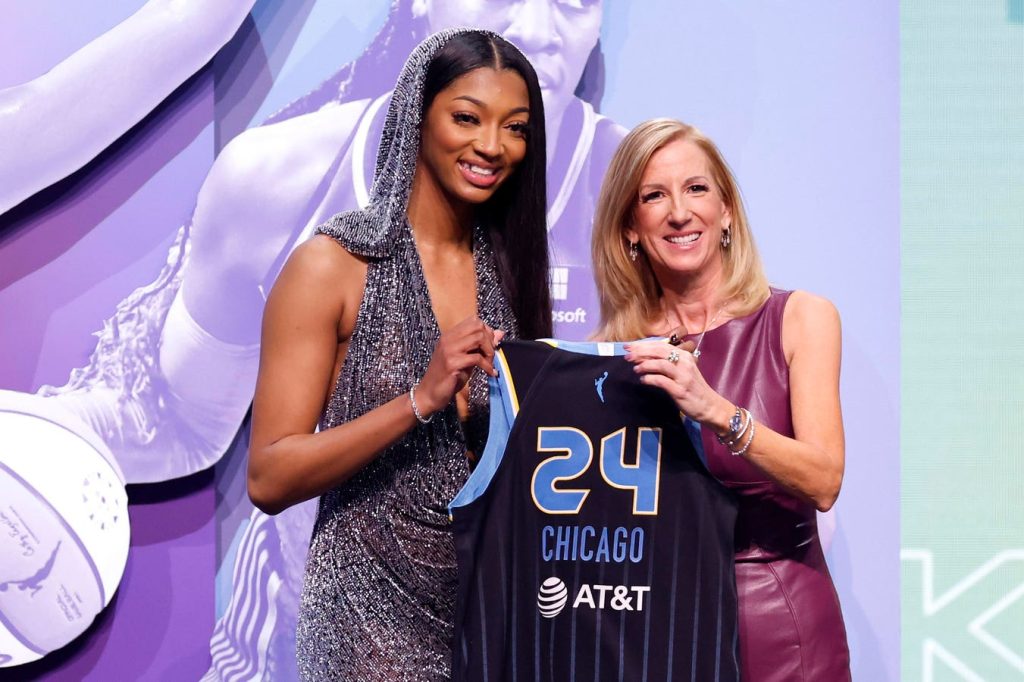Even before they make their WNBA debut, the 2024 draft class, comprised of Caitlin Clark, Kamilla Cardoso, Cameron Brink, and Angel Reese, are making waves in women’s professional sports. Their historic popularity is shedding light on the disparities women athletes face in terms of salaries and facilities. With increased awareness of these issues, more supporters are advocating for greater equity in women’s sports, particularly in the WNBA. The league’s current salary structure, the lack of exclusive practice facilities for many teams, and the overall revenue share breakdown all contribute to the ongoing challenges faced by professional women athletes.
One of the standout players from the 2024 draft, Caitlin Clark, is set to earn a total of $338,056 over her initial four-year contract. The lack of exclusive practice facilities for many WNBA teams forces players to endure long commutes between their home arenas and practice venues, impacting their schedules and training routines. However, the Seattle Storm recently opened a purpose-built practice facility, marking a significant step towards improving facilities for women athletes in the league. As calls for higher salaries and greater equity in the WNBA grow louder, it is clear that change is needed to support the financial and professional wellbeing of women athletes.
The disparities in salaries and revenue share between the WNBA and the NBA highlight the structural inequalities that have long plagued women’s sports. While NBA players receive a 50% share of the league’s revenue, WNBA players only receive approximately 10%, contingent on the league reaching a minimum annual revenue threshold. Dr. David Berri’s analysis reveals that the WNBA’s revenue per team exceeds where the NBA was in its early years, indicating that the WNBA has the potential to provide more equitable compensation for its players. The historical context of women’s sports, from the struggles prior to Title IX to the resistance faced by women’s collegiate sports, underscores the systemic challenges that have hindered the advancement of women athletes.
Jemele Hill, an advocate for women’s sports, emphasizes the importance of understanding the history of structural inequality in women’s sports to advocate for meaningful change. The recent outcry from fans and the increasing visibility of women’s basketball highlight the need for continued advocacy and reform in the sports industry. While recent changes in regulations surrounding name, image, and likeness provide new opportunities for high school and college women athletes to monetize their abilities, professional opportunities still fall short in providing sustainable paths to financial stability. The ongoing reliance on overseas competitions during the off-season further illustrates the financial struggles faced by professional women athletes and the urgent need for greater support and recognition in the sports industry.
The seismic shift in women’s professional sports following the 2024 WNBA draft calls attention to the longstanding structural inequalities faced by women athletes. The current challenges in the WNBA, from low salaries to inadequate facilities, are indicative of a larger issue that extends beyond basketball. As we work towards achieving parity in women’s sports and valuing women athletes equally to their male counterparts, it is crucial to acknowledge the history of resistance and discrimination that has shaped the current landscape. The time for change is now, and it will require a concerted effort to address the systemic issues that have hindered the advancement of women athletes in the sports industry.















